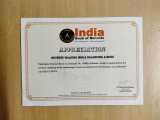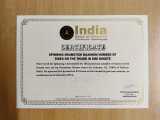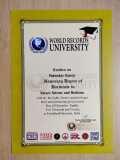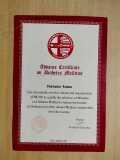Embarking on the journey of scientific discovery is akin to unlocking a treasure trove of understanding about the world around us. Our specially designed science class for 7th-grade students, titled "Crack the Code of Science: Learn the Right Way to Think, Ask, and Discover!", aims to transform young learners into budding scientists by emphasizing the processes that drive scientific inquiry.
Observing the World Like a Scientist
Observation is the cornerstone of scientific exploration. In this course, students will hone their ability to notice and describe phenomena in detail. By engaging in activities that require careful watching and noting, they will learn to gather data that is both qualitative and quantitative. This skill is vital, as accurate observations lead to meaningful questions and hypotheses. For instance, students might examine how plants respond to different light conditions, recording their findings meticulously to identify patterns or anomalies.
Asking the Right Questions: The "Why" and "How"
Curiosity drives science forward. Encouraging students to ask insightful questions propels them into deeper understanding. This class emphasizes formulating questions that delve into the mechanisms and reasons behind observed phenomena. By practicing this, students learn to differentiate between surface-level queries and those that lead to substantial investigations. For example, instead of merely noting that salt dissolves in water, they might ask, "Why does salt dissolve in water?" or "How does temperature affect the rate at which salt dissolves?"
Formulating and Testing Hypotheses
A hypothesis is an educated guess that provides a tentative answer to a scientific question. Students will be guided on how to construct clear, testable hypotheses using the "If...then..." format. This approach not only clarifies their predictions but also sets the stage for designing experiments. For instance, a student might hypothesize, "If the amount of sunlight a plant receives is increased, then its growth rate will accelerate." They will then design an experiment to test this prediction, learning the importance of controlling variables and ensuring fair testing conditions.











